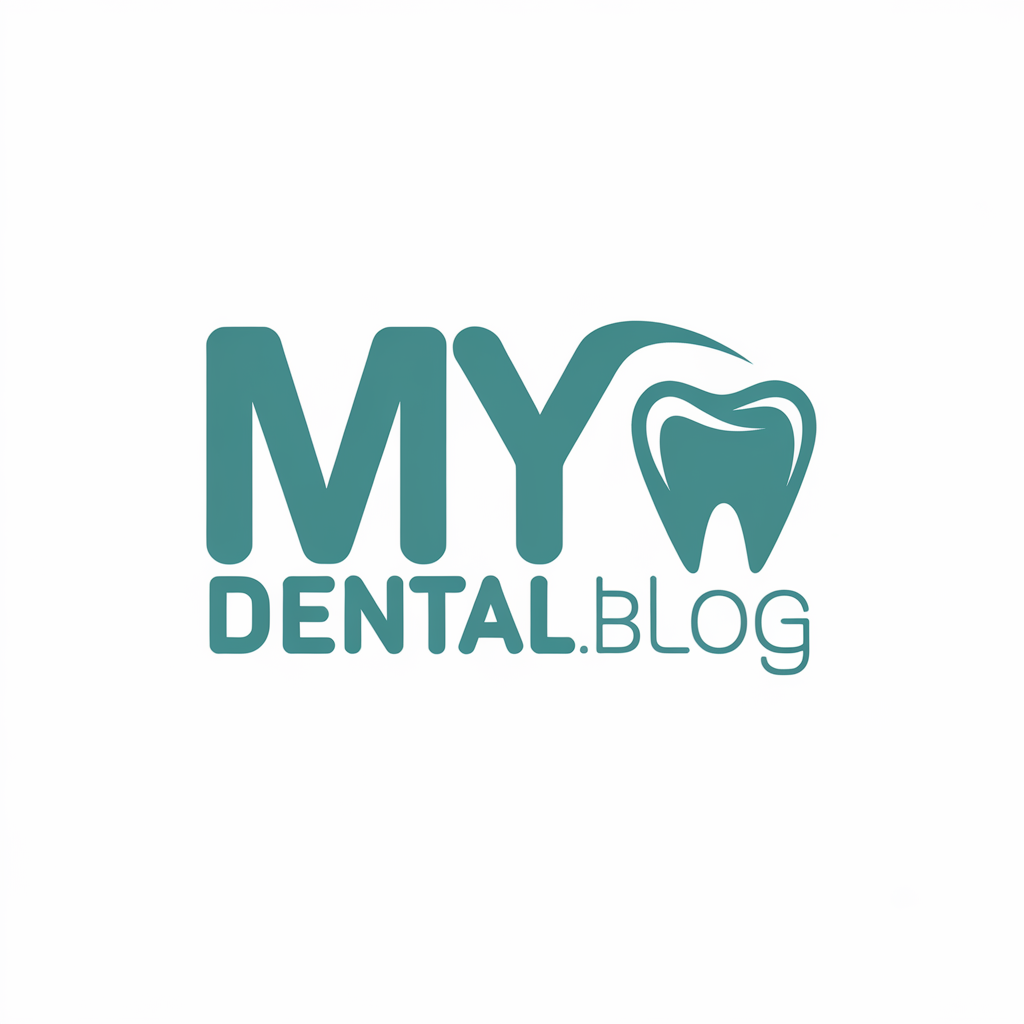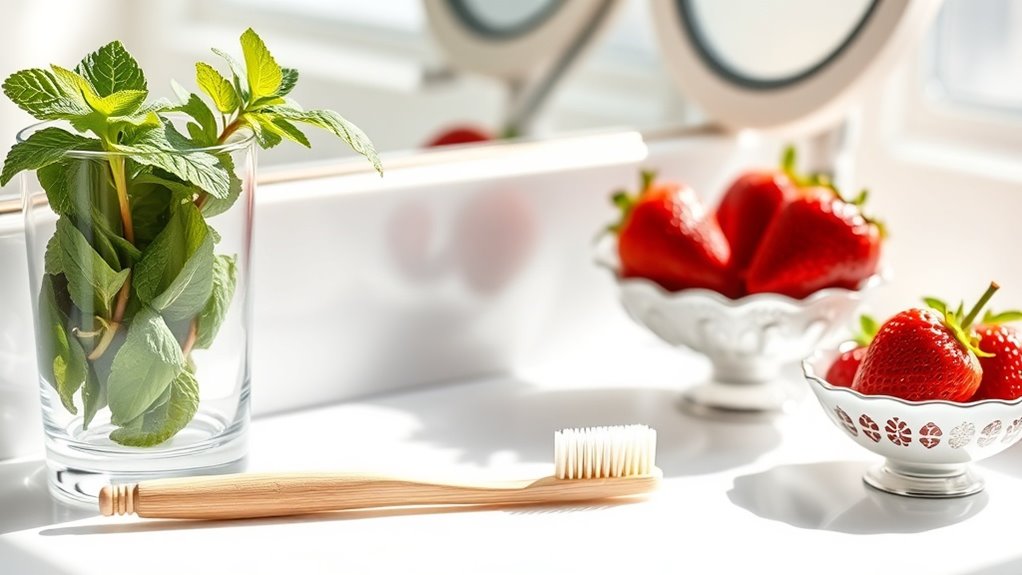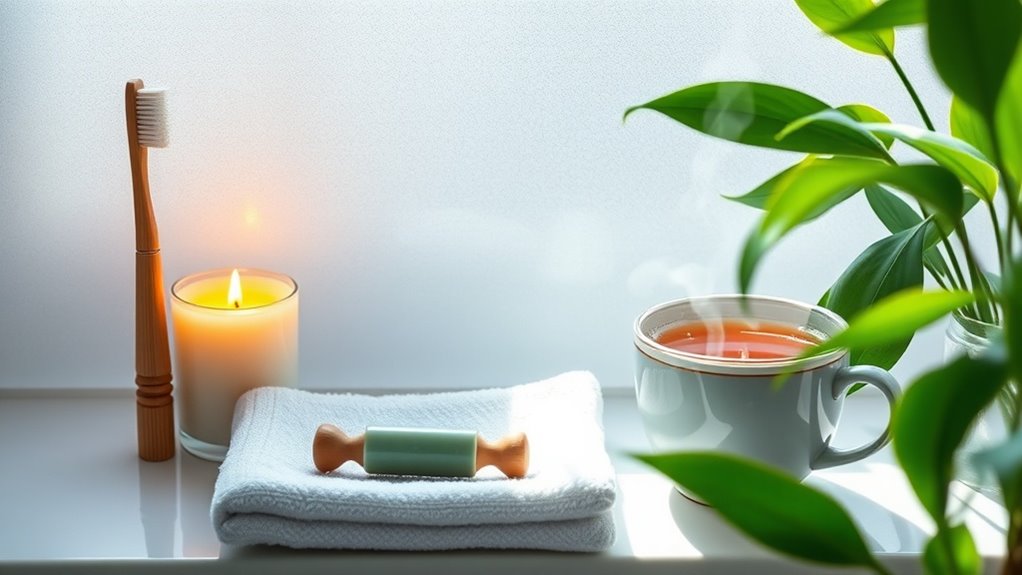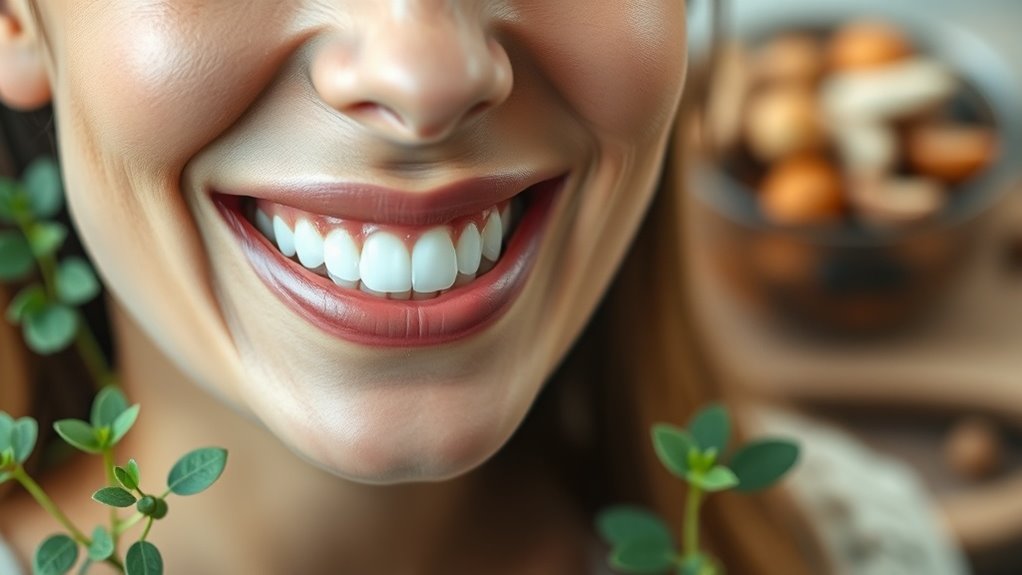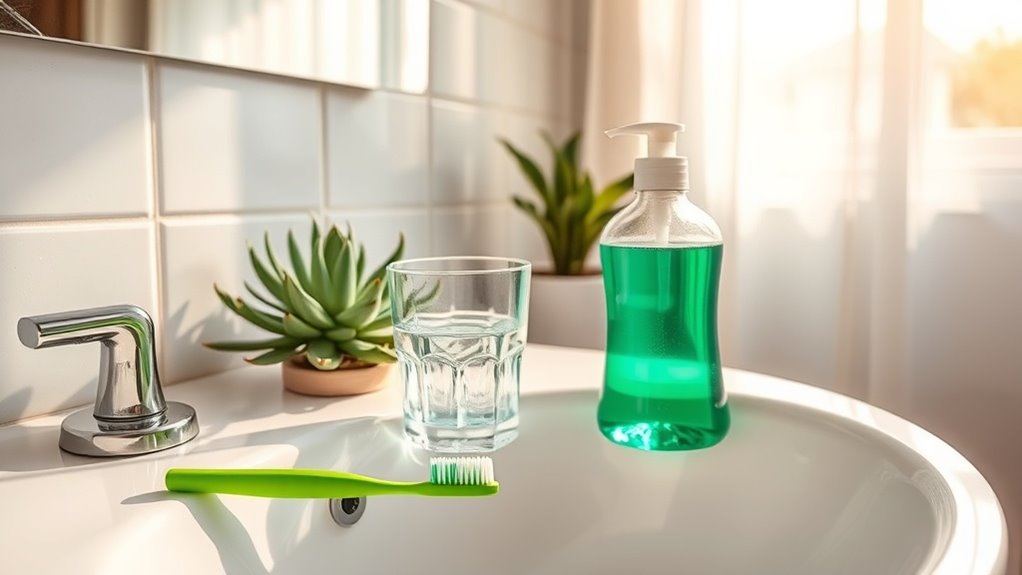Shocking! The Worst Foods That Stain Your Teeth!
You’ve probably heard that coffee and wine are your teeth’s worst enemies, but the truth about food stains goes far beyond these usual suspects. Some of your favorite healthy snacks might be secretly dulling your smile, and even your post-workout drinks could be leaving lasting marks. What’s more surprising is that certain foods can create permanent stains in less than a week of regular consumption. Want to know if your daily diet is sabotaging your pearly whites?
Common Foods and Drinks That Leave Their Mark
While many delicious foods and beverages can brighten your day, they often leave lasting stains on your teeth. Among the worst foods for teeth staining, dark-colored berries like blueberries and blackberries pack a powerful punch.
Your morning coffee ritual and afternoon tea breaks are also major culprits, as these beverages contain strong pigments that cling to tooth enamel.
Red wine enthusiasts should be particularly cautious, as this sophisticated drink combines staining pigments with acid that can weaken enamel.
Tomato-based sauces, curry dishes, and balsamic vinegar can transform your favorite meals into potential smile-dulling agents.
Even healthy choices like beets and pomegranates aren’t innocent – their vibrant colors signal strong staining potential.
Sports drinks and sodas pose a double threat, combining artificial colors with enamel-eroding acids.
Dark chocolate, though beneficial for health, can leave behind traces that dim your smile’s brilliance. Additionally, consuming sugary sodas regularly can significantly increase the risk of dental issues due to their high sugar content and acidic nature.
The Science Behind Tooth Staining
To understand why certain foods stain your teeth, you need to know about the unique structure of tooth enamel. Your enamel contains microscopic pits and ridges that can trap staining compounds.
It’s also porous, which means it can absorb colored molecules from what you eat and drink.
The staining process typically occurs through three mechanisms. First, chromogens – intense color compounds found in foods – can directly attach to the enamel’s surface.
Second, tannins, which are plant-based compounds, make it easier for stains to stick to your teeth by acting as binding agents.
Third, acids in foods can temporarily soften your enamel, making it more susceptible to staining.
Your saliva naturally helps protect against stains by neutralizing acids and washing away particles. However, when you frequently consume staining foods, the compounds can penetrate deeper into the enamel, creating more permanent discoloration that’s harder to remove through regular brushing. Additionally, consistent dental hygiene is crucial for combating discoloration and maintaining a bright smile.
Prevention and Protection Strategies
Although tooth staining can’t be completely avoided, you can take several practical steps to protect your teeth from discoloration.
Use a straw when drinking beverages like coffee, tea, or wine to minimize contact with your teeth. Rinse your mouth with water immediately after consuming staining foods or drinks. Brush your teeth 30 minutes after eating to prevent pigments from settling into your enamel.
Innovative dental products can boost your defense against stains.
Try incorporating whitening toothpaste with activated charcoal or blue covarine technology. Consider using an electric toothbrush with specialized whitening modes. Apply a protective dental sealant that creates an invisible barrier against staining compounds. Additionally, consuming calcium-rich foods can help strengthen your enamel and potentially reduce the impact of staining agents.
For maximum protection, combine these strategies with regular professional cleanings.
Schedule appointments every six months, and ask your dentist about the latest protective treatments, like nano-hydroxyapatite coatings or advanced enamel-strengthening procedures.
